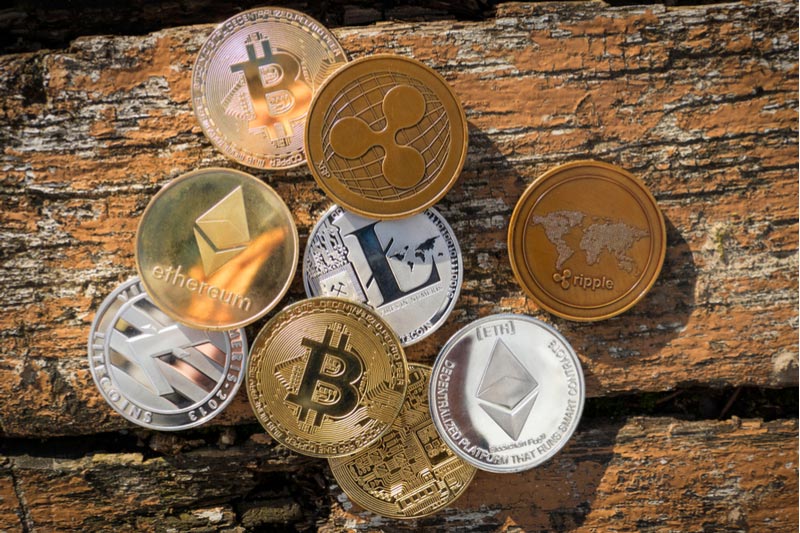Ominous music. “Ek baath bolna toh bhool hee gayein. Baartiyon ka swagat Pan Parag se kijiye”. “Humein kya maloom aap bhi Pan Parag ke shaukeen hai?”

Anyone over the age of 50 certainly would remember these lines from a famous 1980s advertisement that featured Shammi Kapoor as the father of the bridegroom and thespian Ashok Kumar as the father of the bride. The ad was a big hit and it virtually created a category called pan masala. It also established Pan Parag as the market leader in this emerging market.
The concept of pan masala was unique then. Consumers were used to buying pan from the neighbourhood pan wala or making their own mixture of supari and other additives. The brand offered a premixed pan masala packed in an attractive blue tin. Sachets too, were quite ubiquitous: I once spotted a pan masala sachet in the ashtray of the Four Seasons Hotel in Chicago.
What was the marketing strategy? And why did they use film stars?
Pan Parag was a pioneer in understanding the consumer progression from an unbranded local concoction to a branded product. They could have just advertised the product as a new way of consuming pan. But they bought additional insurance by using famous film stars like Shammi Kapoor and Ashok Kumar. They had also used Jalal Agha in an ad for promoting their sachet packs which was also a runaway hit. The ad and the sachet, I should add.
Consumer behaviour theories [Elaboration Likelihood model] tell us that consumers go through two types of mental processes in order to decode a message. One is known as the central route whereby a consumer uses a lot of concentration and attention to decode a message; here, a brand has to present a lot of strong arguments to get the consumer to apply their mind to understand what is being said. The other is peripheral processing, where a consumer adopts a superficial, easy way to understand a message. If the product is relatively new then there are many obstacles to be overcome before a consumer makes a purchase decision, and central processing may be the way to go. But, research has shown that by using certain cues like celebrity endorsement, consumers can be nudged to take the peripheral route of processing. Seeing a celebrity gets consumers to suspend their disbelief [how can pan be sold in a tin?], and process the new product information double quick.
What Pan Parag did in the 1980s was the trick of using two well-known, well-respected film stars to do the selling [remember in the 1980s there was a lot less TV advertising and definitely a lot fewer film stars endorsing products]. The very popular advertising did not speak about any of the benefits offered by Pan Parag or pan masala in a tin; the fact that it was tasty, full of flavour, and economical was all left for the consumer to infer from the ad. The ad just showed the two film stars enjoying the product indicating that it is tasty and fit for consumption by even the high and mighty. By using film stars, the brand transformed the status of the product. It was no longer a product you buy quietly from your neighbourhood pan wala or concoct at home, but was something that was to be consumed conspicuously.
Cigarette brands used to agonise over their pack designs since the cigarette pack was a way of announcing your status in society: 555 State Express with a gold lighter to match. By making the Pan Parag tin the hero of the ad, the brand elevated the humble pan into an aspirational statement. Many brands such as Rajnigandha and Pan Bahar followed the playbook established by Pan Parag.
That playbook is being used now by gutka players. While gutkas and pan masalas are banned from TV or any form of advertising for well over a decade, the gutka players have openly borrowed a page from the liquor marketer’s India playbook, a game that they have been playing for many years. Create a surrogate product, give it the same brand name and pack design aesthetics and advertise on mass media [possibly the most successful and visible surrogate branding done by a liquor player is the IPL RCB cricket team named after Royal Challenge Whisky].
The latest edition of IPL has seen a flurry of Elachi Pearls advertising from all the big players. And all of them feature Bollywood film stars. Obviously, they have figured out that it is legal to advertise a silver-coated elaichi product with the same name and pack design. Is it just a brand war then? Are they trying to steal market share from each other?
I suspect the game is a lot bigger. Even now a significant part of oral tobacco consumption or smokeless tobacco consumption is happening in the unbranded form. If you visit any large market in your city, you will find shops specialising in selling cut tobacco. India reportedly produces 700 million kg of tobacco. The gutka and pan masala market is estimated at around ₹40,000 crores. While the branded segment has grown in the last few decades, it is likely that a large part of India is still buying unbranded tobacco, mixing it with calcium hydroxide [chuna] and making their own version of gutka. The current gold rush of surrogate advertising [aka Elaichi Pearls] is probably just a replay of what Pan Parag did in the 1980s. Then it was moving from just supari nuts to pan masala. Now it is cut tobacco to flavoured gutka.
There could also be another reason why there is this IPL Gold Rush from elaichi/surrogate gutka brands. They probably know that this window of opportunity may not last for long. Someone somewhere will wake up and realise that surrogate ads for gutka cannot be allowed in this unchecked manner [in fact surrogate ads for liquor brands have dramatically dropped thanks in part due to the efforts of the Advertising Standards Council of India]. Or someone will drag the Bollywood stars to the courts to explain why they are promoting tobacco consumption. So, perhaps, all gutka makers are quickly building brand salience so that their brand stays top of mind, even if advertising is not allowed at a future date.
All said, my neighbourhood pan bidi-shop run by Rajveer has reported a spike in the sales of Pan Vilas Elaichi. No, he does not sell gutka.
Ambi Parameswaran is an independent brand coach and a best-selling author
The views expressed are personal
















